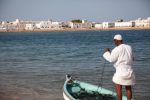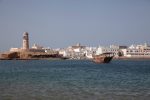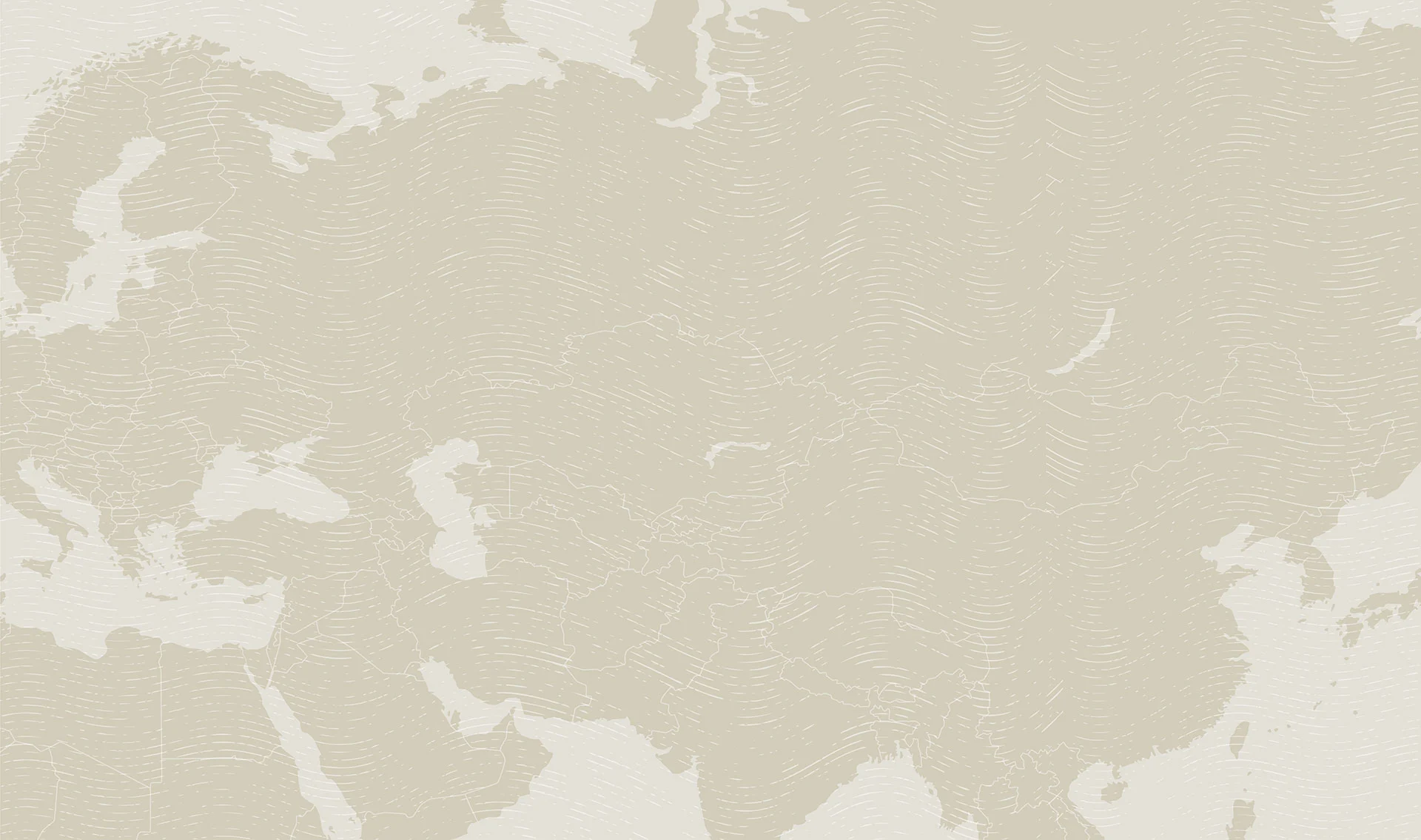Photo credit: courtesy Desert Adventures
Oman’s UNESCO World Heritage Sites

Oman is a relatively small country, in an area known principally for deserts and sand dunes, yet it has a surprisingly diverse geography and history. The desert dominates, of course, with large fields of sand dunes in the Wahiba Sands and the Omani portion of the Empty Quarter, but there is so much more. Monsoonal forests, seasonally bright green and where frankincense has been harvested for millennia, are a highlight in the southern Dhofar Governorate.
The stunning Al Hajar Mountains in the north, which generate much of Oman’s rainfall, allow for a complex and ancient system of irrigation known locally as falaj. The falaj channels feed extensive agriculture in the mountains and the plains below. The same water that feeds the falaj networks also flows into wadis, or ephemeral rivers that create veins of deep green inside of jagged gorges that course from the mountains to the sea.
And, finally, a highlight for any visitor is Oman’s spectacular coastline, with deep blue seas and skies set against a backdrop of rugged mountains. The iconic Mutrah district of the capital Muscat is a prime example.

Oman’s cultural and historical heritage is equally diverse and fascinating, earning the country a total of five sites on UNESCO World Heritage List. Here are those sites, and some imagery of the beautiful geography they are set against.
1) Archaeological Sites of Bat, Al-Khutm, and Al-Ayn
Dating back well over 4,000 years to the 3rd millennium BCE, the ruins and necropolises of Bat, Al-Khutm, and Al-Ayn bear testament to the cultures and religious practices of early cultures on the Arabian Peninsula. Beehive-shaped tombs are characteristic structure at these sites. They have been well preserved for their age and are currently protected by the Omani government in addition to being on the UNESCO World Heritage List. Bat, Al-Khutm, and Al-Ayn are located in the deserts west of Nizwa and Bahla, in Oman’s interior.
2) The Land of Frankincense
Oman’s southern Dhofar Governorate experiences both year-round warmth owing to its tropical latitude and monsoonal drizzle and fog each summer. This unique weather pattern allows for a thin belt of scrub forest, just inland from the coast but before the sandy expanses of the Empty Quarter set in. Here, for millennia, frankincense has been harvested by locals for export. This trade has been enshrined as of Oman’s World Heritage Sites, both the frankincense-producing areas themselves and the ancient ports from where it was exported in antiquity. Salalah, capital of the Dhofar Governorate, is also home to a museum dedicated to the trade.
3) Bahla Fort
The Nabhani Dynasty, which ruled much of the territory of modern Oman from the 12th to the 17th century CE, had their capital in Bahla. Bahla is located not far from Nizwa, at the base of the Al Hajar Mountains. The seat of Nabhani power, Bahla Fort, was built in stages over the course of their rule. Efforts to preserve the fort mean that its imposing ramparts and towers still dominate the surrounding countryside. While Bahla Fort is UNESCO World Heritage listed and arguably the most important fort in Oman, the country is rich in impressive and beautiful forts.
4) The Ancient City of Qalhat
Qalhat was, until trade routes shifted north to Muscat in the 16th century CE, a bustling trade port at the entrance to the Strait of Hormuz. Both Marco Polo and Ibn Battuta passed through. It is not totally clear why the port’s prominence waned as Muscat’s waxed, but some researchers have proposed that earthquakes along a local fault may be a factor. Nowadays not much is left of the port city. The principal site here is the lone ruins of a mausoleum dedicated to either a ruler of Qalhat or his queen, Bibi Maryam. Qalhat is located just off the main highway between Muscat and Sur.
5) The Aflaj Irrigation Systems of Oman
Aflaj, or falaj in the Arabic singular, are gravity-fed irrigation channels carved into the rock and desert soils of the mountains and plains of Oman and neighboring countries. Oman’s falaj networks are particularly noteworthy and have been inscribed onto UNESCO’s World Heritage List. It is these irrigation channels that make agriculture in and around the Al Hajar Mountains possible, turning a landscape that would otherwise be shades of khaki and brown into one that is surprisingly lush and green. Jebel Akhdar, which means “green mountain” in Arabic is one such place.

Travel to Oman with MIR
Whether you are interested in visiting all or some of these UNESCO World Heritage Sites, or planning a trip that focuses on other aspects of the fascinating landscapes, cultures, and history that make up Oman, MIR is here to help.
In 2022 we are introducing a new small group tour, UAE & Oman: Culture & Contrast in the Middle East. Departures are planned for November of 2022 and January and November of 2023.
We also have a new customizable, flexible, and totally private travel option called Essential Oman. Both trips visit several of these sites. If you are hoping to visit all five, we would also be happy to help you plan a pre- or post-tour extension or a custom tour to match your goals.
Chat with one of our destination specialists now!




























